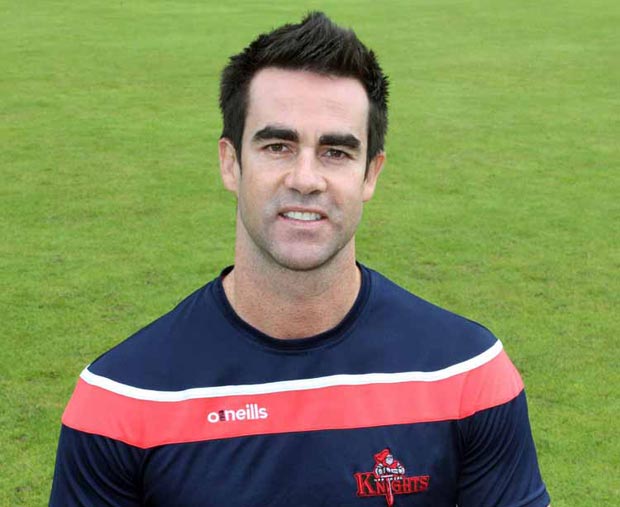Itís time to stop over-thinking and enjoy yourself
What a great time of year. The days are longer. The sun is warmer. And the sound of leather on willow can be heard again down at the local cricket club.
If thereís one thing that Iíve realised about living in the Emerald Isle over the last four and a half years, itís that we really earn our spring and summer. Sheís a long, cold and dark winter, thatís for sure.
For all those young and old who have been working away in indoor nets over the winter, the time to compete again is near.
Iíve spent more time coaching this winter than any of the previous four. I love the art of batting and have been fortunate to work with and watch a number of passionate, determined and skilful players over the last five months.
Iím impressed by the number of these players who are clear on their areas for improvement. Each session, when theyíre asked what it is theyíre working on, theyíre more clued in now than I can ever recall.

Whether itís transferring their weight into their strokes, head position and balance, where their hands finish in their back-lift or a pre-delivery movement, theyíve all shown a real eagerness to go outside their comfort zone and work hard.
Itís invigorating.
One of the challenges in spending hours honing these technical changes or improvements is that the player can become focused solely on their body positioning. When youíre constantly hitting the ball into netting just a few metres away from you, itís difficult to gain certainty as to just how good the outcome was.
Itís easy to slip into the habit of focusing on how you look rather than how many runs youíre scoring.
The best example of this I can recall is Ian Bell during the early years of his test career, particularly during the Ashes. He looked a million bucks. Has there been a more technically correct cover driver in the game?
But it didnít always translate into runs in the book. In the early days anyway. Therein lies the challenge for all batsmen. Itís now time to shift our focus towards practicing our mental routines and executing our batting plans against each bowler.
Training provides a good opportunity to begin this shift. Instead of being overly self-critical in your final nets before your first game, start focusing on where the ball went, whether itís in the gap based on the field the bowler has set you, and how many runs you are accumulating.
Get back into that pure contest between bat and ball, rather than the contest between your mind and your body. Honing technique is crucial to ensure long term success against the best bowlers in the game, and thereís a time and a place for it, but itís runs that win matches.
Be grateful for those plays and misses, enjoy the French-cut fours that race past the keeper, and, most importantly remember why you first picked up a bat.
Itís time to trust all that work youíve put in over the winter, find that optimal state of arousal, watch the ball and allow your instinct to take over.
Switch off that critical voice in your head, go out there and enjoy competing in the middle.
